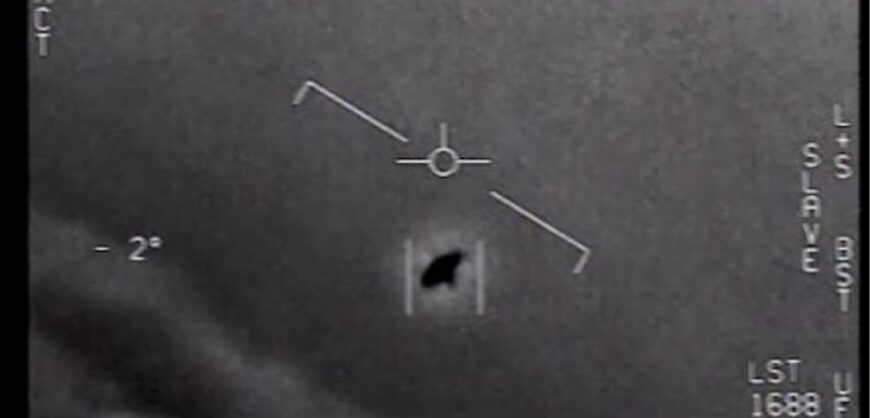When Dr. Salvatore Cezar Pais, an aerospace engineer at the Naval Air Warfare Center Aircraft Division (NAWCAD), filed a patent for a “Plasma Compression Fusion Device” in 2019, it was either a giant breakthrough – or mad science. According to the patent application, the miniature device could contain and sustain fusion reactions capable of generating power in the gigawatt (1 billion watts) to terawatt (1 trillion watts) range or more. A large coal plant or mid-size nuclear powered reactor by comparison produces energy in the 1–2 gigawatt range. The revolutionary invention by Dr. Pais, if real, would produce near unlimited clean energy from something no larger than a sports utility vehicle.
Dr. Pais’ fusion device is among a handful of outlandish technologies dubbed “The UFO patents” that have, in some shape or form, been pursued by the U.S. Navy.
I’ve written before with some skepticism on the implications of Dr. Pais’ purported compact fusion reactor for U.S. energy independence. The physicist appears to have bona fide credentials including a Ph.D. from Case Western, and published some of his work, while much is presumably classified.
He has been employed by the Pentagon for decades. And this isn’t the first patent filed in his name, and all of them appear centered around what he calls the Pais Effect. Dr. Pais posits that by controlling the accelerated spin or vibration of electrically charged matter, high energy electromagnetic fields can be produced.
Rare case of multiple pregnancy: 37-year-old woman gave birth to 10 babies
One proposed use for such fields is an “electromagnetic field generator” device which could be applied to alter the trajectory of earthbound asteroids over a period of time. While the patent makes clear that such a device would work only on “small” asteroids of under roughly 100 meters length or less, it isn’t hard to grasp the interest of any defense agency in providing contingencies for such a scenario.
Dr. Pais’ “inertial mass reduction device” is one of his most extraordinary patents. This technology suggests manipulation of quantum field fluctuations which could reduce a vehicle’s inertial and gravitational mass, allowing it to travel at hitherto unseen speeds. The reason the speed of light is something of a universal speed limit is that mass increases to infinite as one reaches it, demanding infinite energy to continue moving. The ability to reduce mass could have incredible implications for the future of space travel. Only faster than light speeds of travel would allow the humanity to venture outside of the solar system.
Read more: Forbes






































